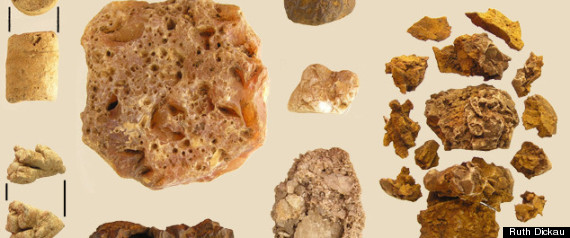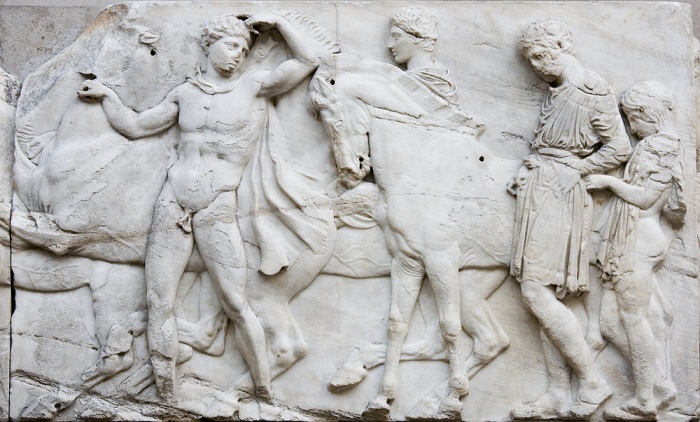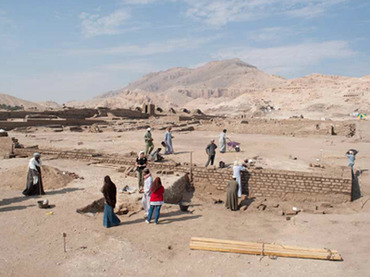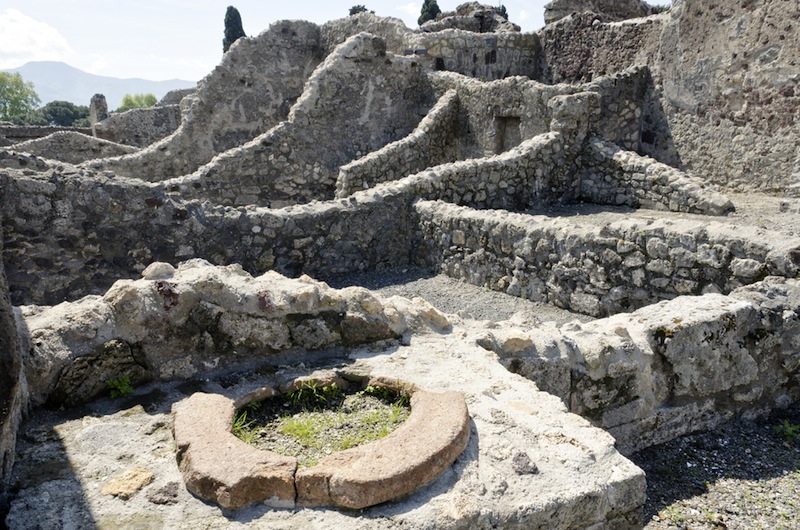
© Agence France-PresseJewish Rabbis at cementary.
Jews of European origin are a mix of ancestries, with many hailing from tribes in the Caucasus who converted to Judaism and created an empire that lasted half a millennium, according to a gene study.
The investigation, its author says, should settle a debate that has been roiling for more than two centuries.
Jews of European descent, often called Ashkenazis, account for some 90 percent of the more than 13 million Jews in the world today.
According to the so-called Rhineland Hypothesis, Ashkenazis descended from Jews who progressively fled Palestine after the Moslem conquest of 638 AD.
They settled in southern Europe and then, in the late Middle Ages, about 50,000 of them moved from the Rhineland in Germany into eastern Europe, according to the hypothesis.
But detractors say this idea is implausible.
Barring a miracle - which some supporters of the Rhineland Hypothesis have in fact suggested - the scenario would have been demographically impossible.
It would mean that the population of Eastern European Jews leapt from 50,000 in the 15th century to around eight million at the start of the 20th century.
That birth rate would have been 10 times greater than that of the local non-Jewish population. And it would have occurred despite economic hardship, disease, wars and pogroms that ravaged Jewish communities.



